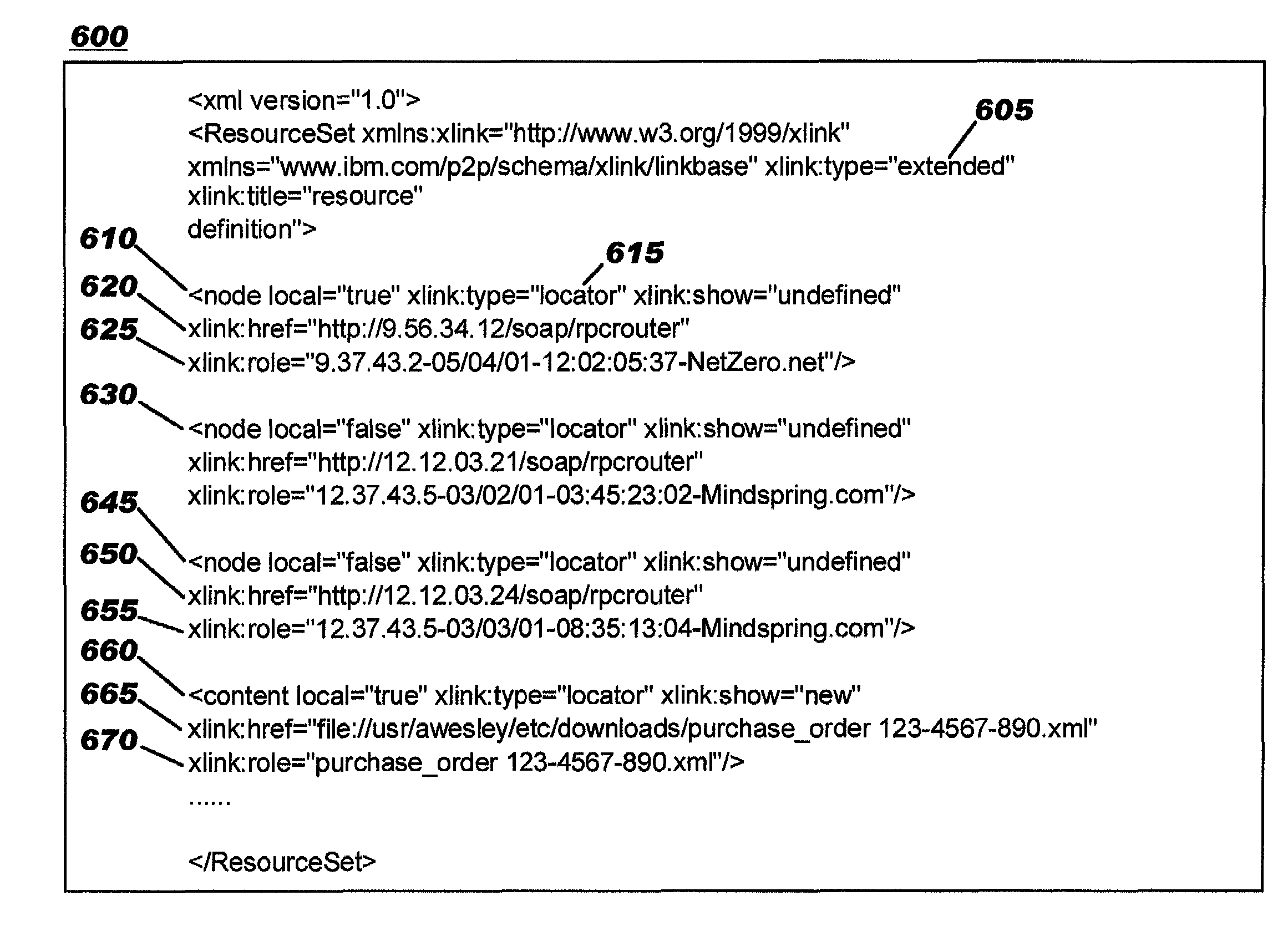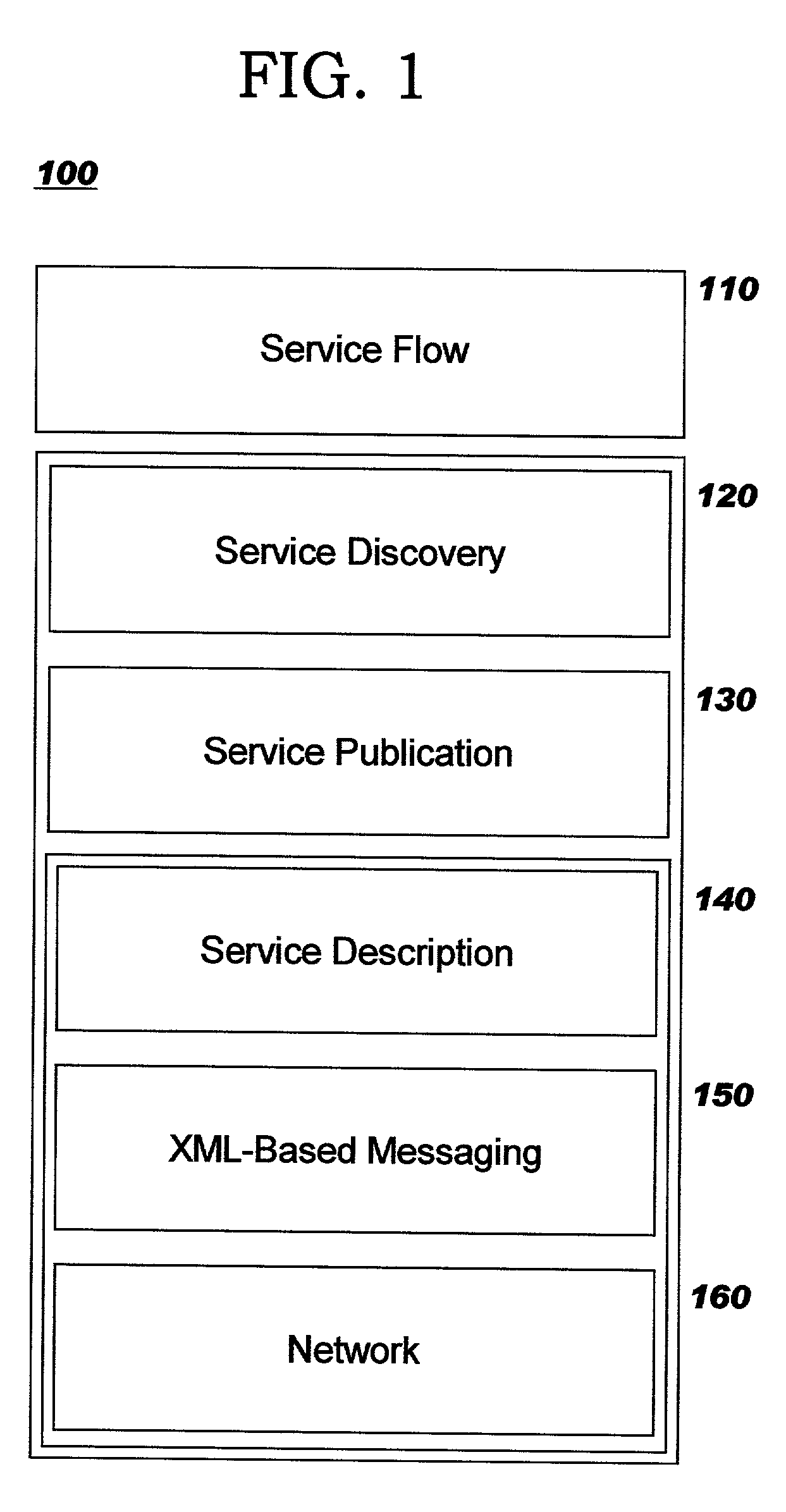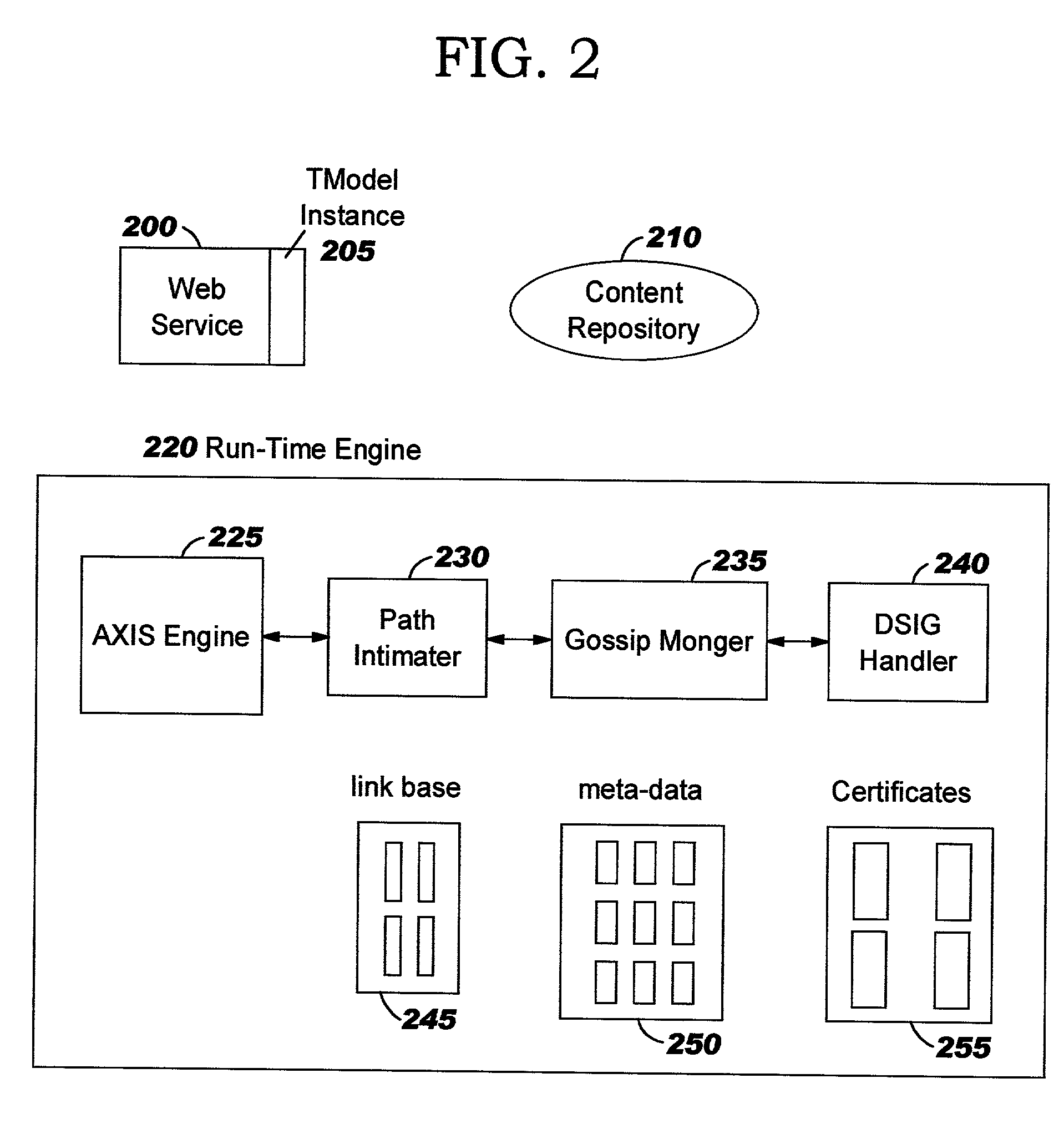Persisting node reputations in transient network communities
a network community and persistent node technology, applied in the field of computer networks, can solve the problems of difficult “remembering” of nodes, lack of persistent network addresses, and drawbacks of existing techniques, and achieve the effect of avoiding drawbacks and limitations
- Summary
- Abstract
- Description
- Claims
- Application Information
AI Technical Summary
Benefits of technology
Problems solved by technology
Method used
Image
Examples
Embodiment Construction
[0045]The present invention defines techniques for improving P2P network operations. A persistent identifier is assigned to each network participant, i.e. node, such that the node can be identified after it leaves and re-enters the network. The path taken by content traversing the network is tracked and persisted as well. Persisting content paths and contextual nodal information, as disclosed herein, enables maintaining peer relationships across invocations. The disclosed techniques thereby address shortcomings of the prior art, allowing relationships among peer devices to persist beyond a single session even though the community in which the participants communicate is, by definition, a transient community.
[0046]The disclosed techniques support the inherent dynamic network addressing characteristics of P2P networks, while providing support for heterogenous network nodes. The persisted information may be leveraged to support business enterprise operations including network managemen...
PUM
 Login to View More
Login to View More Abstract
Description
Claims
Application Information
 Login to View More
Login to View More - R&D
- Intellectual Property
- Life Sciences
- Materials
- Tech Scout
- Unparalleled Data Quality
- Higher Quality Content
- 60% Fewer Hallucinations
Browse by: Latest US Patents, China's latest patents, Technical Efficacy Thesaurus, Application Domain, Technology Topic, Popular Technical Reports.
© 2025 PatSnap. All rights reserved.Legal|Privacy policy|Modern Slavery Act Transparency Statement|Sitemap|About US| Contact US: help@patsnap.com



